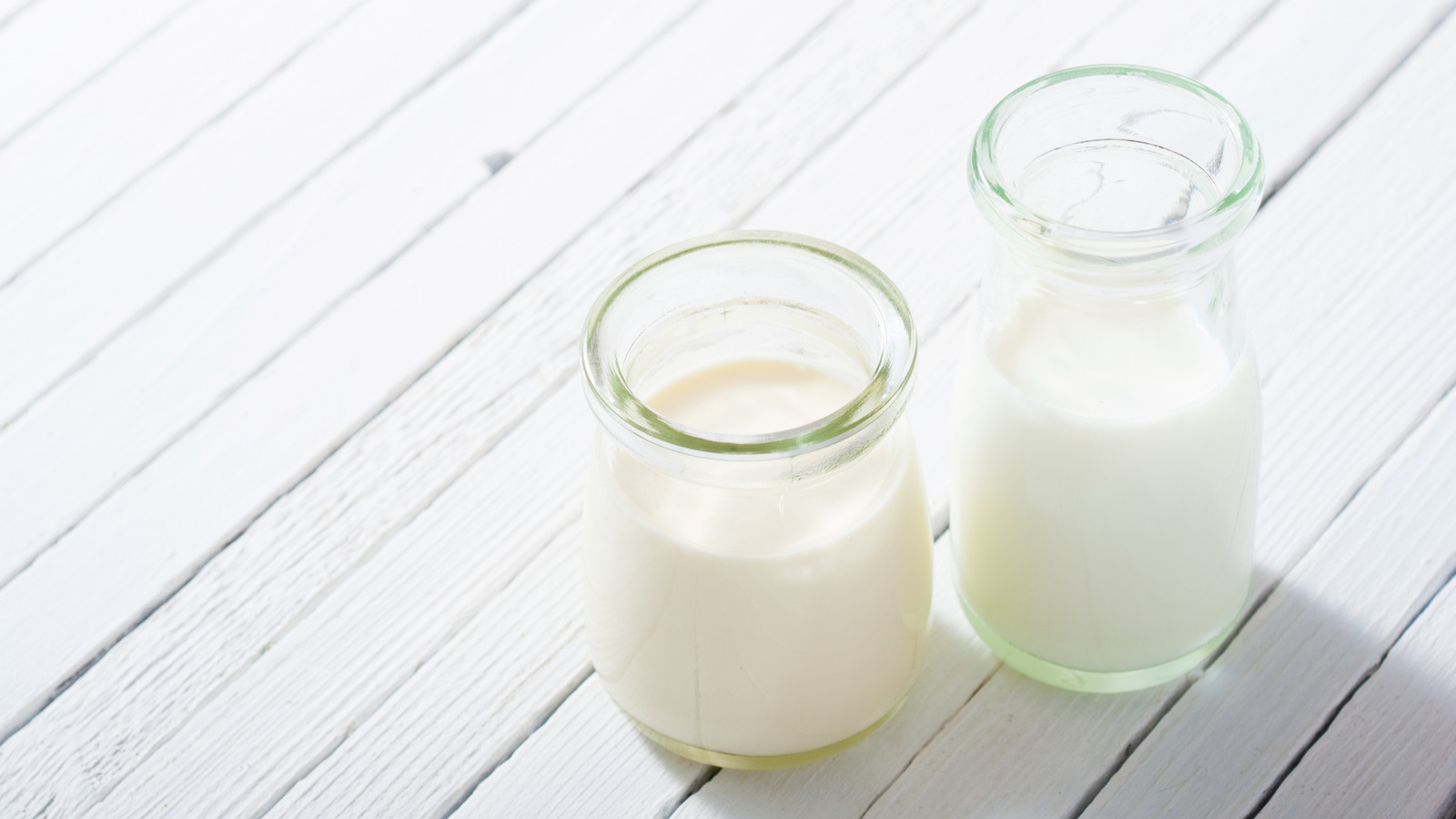
"Goat milk has higher levels of certain medium-chain fatty acids than cow's milk, which is partially why some label it "goaty," especially if the milk isn't chilled quickly. Pasteurization can smooth out some of that edge, which is why the cartons you find in grocery stores taste different than milk from a farm. But even pasteurized, it certainly has its own strong character, much like goats themselves."
"Goat milk has smaller fat globules than cow's milk, which means it feels smoother on the tongue ( no wonder it's more expensive), so there's a textural distinction too. It's also naturally homogenized, so the cream doesn't quickly separate and float to the top. That makes it silky, though the flavor is carried in those fat globules, so the higher the fat, the more pronounced the taste."
"And that's the thing: milk always tastes like what it came from. We've convinced ourselves that cow milk is neutral, but it's just cow-flavored milk. Likewise, goat milk tastes like, well, milk from a goat. Both are necessarily influenced by what the animals eat. If goats are feeding on fresh alfalfa and orchard grass, the milk leans sweet and mild. If they get into stronger flavors, like onion tops or brassica stems, you'll notice that sharpness."
Goat milk presents a distinct flavor profile influenced by biology, handling, and diet. Higher levels of medium-chain fatty acids can produce a "goaty" edge, particularly if milk is not chilled quickly. Pasteurization often tempers that edge, producing the milder flavor found in store cartons. Smaller fat globules make goat milk feel smoother and naturally homogenized, preventing rapid cream separation. Flavor concentrates in fat, so higher-fat milk tastes more pronounced. Animal diet directly alters taste: fresh alfalfa and orchard grass yield sweeter, milder milk, while stronger plants such as onion tops or brassicas impart sharpness. Milk reflects species, season, and diet.
Read at Tasting Table
Unable to calculate read time
Collection
[
|
...
]